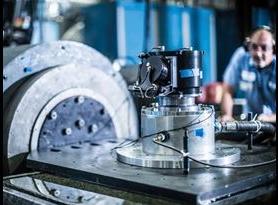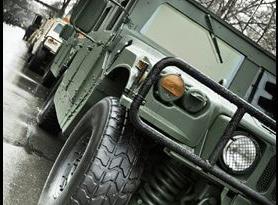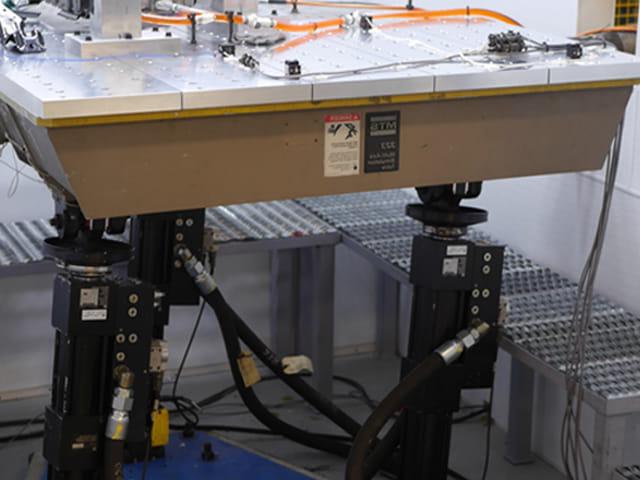In product qualification programs, shock testing is used to measure the impact of sudden acceleration caused by explosion, drop, or collision. Our labs perform shock testing to prepare products for harsh industrial, transportation and military environments.
Shock test procedure
Though sometimes compared to vibration testing, shock uses a specific type of force to simulate real-world use. Using an accelerometer to calculate speed and force, components are subjected to loads up to 50,000 g for less than one second. Our labs then evaluate the product for damage and stress, and to ensure that it can meet the demands of its work environment.
Element’s team of experts perform testing to a variety of industrial and military standards, including RTCA DO-160, MIL-STD-810, DEF STAN 00-35, and EN 60068. Our engineers can also support complex or custom projects by assisting with protocol development or specification selection.
Shock and bounce testing
Element's shock and bounce testing services provide the data you need to simulate transportation conditions, ensure product safety and equipment function in extreme environments, and replicate in-service conditions.
- Speed range - Up to 5000 Hz
- Environment - Shock force up to 210 G
- Capacity - Up to 15,000 lbs force
The Element advantage
As a global platform of labs, we have the expertise and capacity to provide accurate results on-time and within budget. Our engaged experts understand the time-critical nature of qualification testing, and are a single-source provider for dependable testing and certification. Element is your testing partner of choice for even the most challenging projects.
Related Services

Vibration Testing
Find out how Element's vibration testing services help to make certain that the products we test for our customers will perform safely and as expected when in the field.

MIL-STD 810 Testing
Element's product testing labs in the US and UK evaluate components and systems to defense standards including MIL-STD 810 and others.

Product Testing
From environmental & dynamic testing to highly specialized tests such as bird strike and hydrodynamic ditching testing, we're the trusted testing partner to the world's most recognized component and system manufacturers.

Environmental Stress Screening (ESS) Test
Element helps you provide greater product reliability in less time with accredited Environmental Stress Screening ESS test programs.


